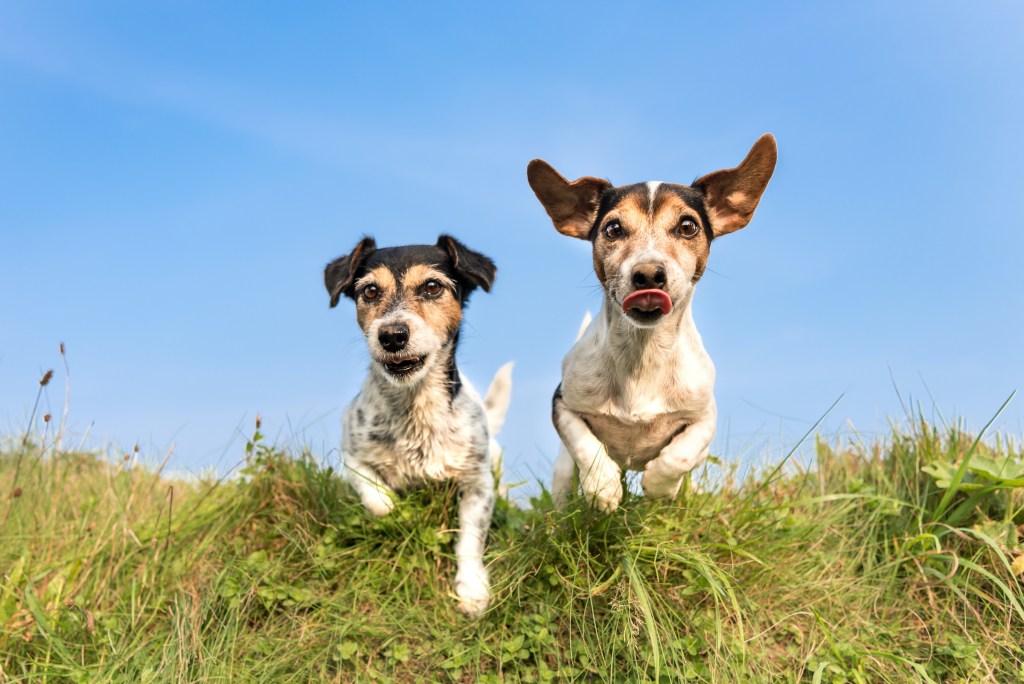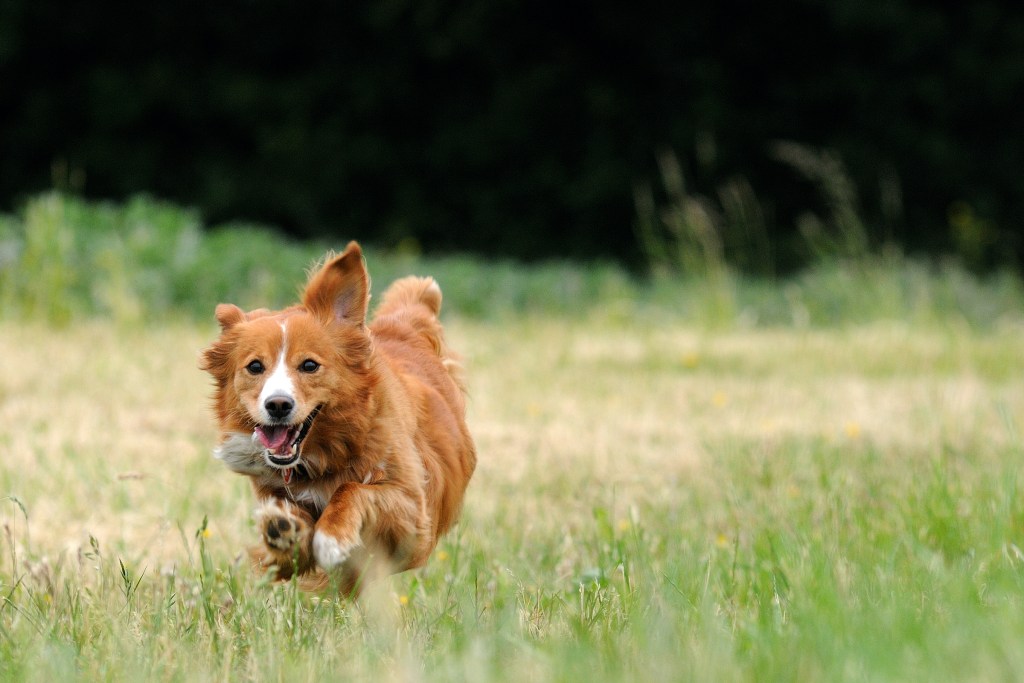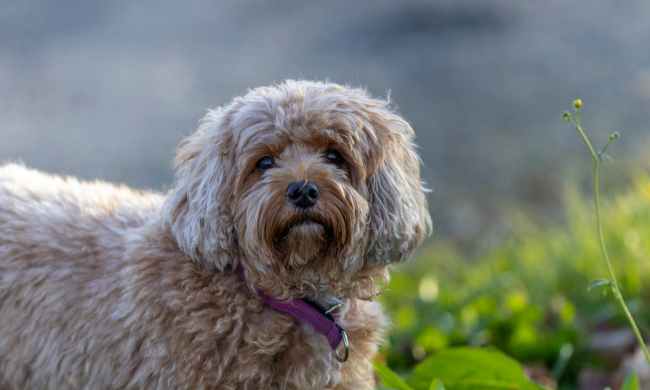Dogs can be so smart sometimes, but other times? Not so much. Chasing their tail is one thing, but running at cars, for example, often leaves pet owners confused. Why would an animal do something so dangerous? Why do dogs chase cars?
As illogical as it sounds to a human, running after a car, bike, or scooter is irresistible to some canines. In this article, we’ll discuss why this is, in addition to what you can do about it. It may seem like a difficult behavior to reverse, but with enough time and effort, you can teach your furry friend nearly anything. So don’t fret, pet parents – PawTracks has everything you need to know to keep your pup safe and well-mannered around cars.

Why do dogs chase cars?
Though your dog’s specific thoughts and choices can come about in a number of ways, one thing is for sure: reacting to a moving vehicle is pure instinct. You may see the same instinct if your pup chases people on bikes or rollerblades, and even joggers – though none of these behaviors are as dangerous as darting after a moving car.
You can thank your dog’s prey drive as the reason for chasing cars. The canine professionals at Hills Pet note that the act of chasing itself is deeply embedded in instinct, though something about the movement of the cars is what triggers their desire to chase in the first place.
Sometimes the breed of your dog can play a role in their car-chasing habits too. According to the American Kennel Club, sighthounds such as Greyhounds, Whippets, and Borzois – were bred specifically to run after prey. It’s no surprise that these breeds, as well as many herding dogs, are known for chasing anything that moves. Why? Following this instinct can help them feel fulfilled, happy, or even thrilled – chasing does release a rush of adrenaline.
For dogs who may be acting territorially, or out of fear, chasing a car can feel like keeping their home and family safe, according to Adrienne Farricelli, CPDT-KA. As the car drives past, or away from where your pup is, your dog will likely interpret their chase as a job well done. It’s easy to see how this self-rewarding behavior can get reinforced.

How do I get my dog to stop chasing cars?
Instinctual behaviors like chasing may be more difficult to control with training because they’re such deeply embedded habits, but don’t give up. With enough patience and the right kind of practice, any dog can learn to control their impulses around moving vehicles.
If you have the chance to work on impulse control before your dog develops any strong desires, it may be easier to steer them away from this behavior. If not, no worries – just remember not to try training while your dog is in pursuit of a car or other target, according to the American Kennel Club. Odds are, they will see your training attempts as play, which will further reinforce the behavior.
Instead, try desensitization alongside obedience practice. The idea of this technique is to keep your dog focused on you, even in the presence of exciting triggers such as cars. Of course, you won’t be able to jump right in, so start with your dog on a leash (and plenty of treats in your pocket) in a space where their trigger isn’t present.
Whether you choose to teach your pup “stay” or “focus” is up to you. Either way, the goal is to have your dog practice focusing on you, so begin by giving their command and rewarding them the moment they stay or make eye contact with you. Gradually, you’ll want to increase the duration of the command before rewarding your furry friend. Once they’ve mastered this step, notes Hills Pet, you can start practicing the same behavior in a location where distractions will be present.
You’ll want to make sure that the reward you use for training – whether toys, treats, or affection – is more enticing than the passing cars or bikes. Until your dog masters the commands both with and without distractions, these rewards will be vital. Remember to keep your dog leashed during training for everyone’s safety.
Consult a trainer
It may take some time, and it will definitely take some practice, but you can absolutely teach your dog not to lunge at or chase cars. When in doubt, a professional dog trainer will be able to offer further ideas and techniques if you’re feeling stuck. You never know what might do the trick! Before you know it, your well-behaved buddy won’t even think twice about the car coming down the street.



